 Doppler On Wheels Deployed At Hurricane Ike
Doppler On Wheels Deployed At Hurricane IkeScienceDaily (Sep. 18, 2008) — The only scientific team to successfully brave Hurricane Ike's knock-down winds and swells in Galveston was the DOW, the Doppler on Wheels mobile weather radar operated by the Center for Severe Weather Research (CSWR) in Boulder, Colo.
"The DOW mission to Ike provided, for the first time, high-resolution radar data collected from the ground of the inside of a hurricane eye strengthening during landfall, and from a hurricane that directly impacted a large urban area," said scientist Josh Wurman of CWSR.
The National Science Foundation (NSF)-supported DOW was deployed on a 35-foot-high overpass in Galveston during the passage of Ike.
"The mission will allow researchers to better understand how phenomena called fine-scale wind streaks and boundary layer rolls, discovered by the the DOW in 1996, affect hurricane evolution," said Steve Nelson, program director in NSF's Division of Atmospheric Sciences, which funds the DOW. "These rolls may be important in how efficiently heat is extracted from the ocean, and how strongly hurricane winds are slowed by surface friction."
The DOW collected data for 17 hours. The center of Ike's eye passed nearly directly over the DOW, allowing scientists to take measurements of the front and rear eyewalls, and of the inside of the eye.
Deployed with the DOW were two vehicles equipped with instruments to track winds and raindrop size distributions, and ten unmanned "pods," which measured winds at locations so close to the water that human observers could not safely remain in the vicinity.
The vehicles were deployed at raised locations near the ends of the Galveston Causeway.
The pods stood watch in lines on the end of the Galveston Sea Wall and the Texas City Sea Wall, with 500-meter-spacing so the passage of small-scale gusts could be measured.
The DOW observed several mesovortices--swirling winds--in Ike's eyewall, which intensified winds and rainfall as these mesovortices rotated around the eye.
"The mesovortices are likely associated with some of the worst localized wind damage caused by Ike," said Wurman.
"The understanding from the DOW project is essential to improving forecasts of hurricane intensity, path, and rainfall amounts," he said. "It will lead to new insights on the nature of near surface winds in hurricanes, the behavior of hurricane eyewalls and processes inside eyewalls, and processes in hurricane rainbands."
WEATHER NOTEKATC StormTeam 3 Weather BLOG NWS Post Hurricane Ike Preliminary Report
Ike Damage at Dunes State Park, Indiana

Dunes Creek / Dunes River? Aerial photo shows the collapsed Indiana Dunes State Park main parking lot. The Pavilion is at lower right. The parking lot collapsed during the heavy rains September 13 and 14. Photo was taken by John W. Cripliver, pilot of a Piper Warrior single-engine airplane on Sept. 17. The darker water of Dunes Creek is shown flowing into Lake Michigan at bottom. (Photo provided by John W. Cripliver)
AAHC Releases Guide to Emergency Preparedness and Disaster Response
WASHINGTON, Sept 19, 2008 /PRNewswire-USNewswire via COMTEX/ -- Systems, leadership, management, and communication highlighted
The Association of Academic Health Centers (AAHC) today released Managing Emergency Preparedness: Academic Health Centers Organize and Innovate, a brief guide to enhancing institutional, system-wide approaches to emergency response.
The brochure provides recommendations on effective ways academic health centers can manage operations and systems to help ensure that institutions, communities, and policymakers can respond to an array of emergencies, including natural disasters and bioterrorism. It also highlights the importance of academic health center resources, and how integration of functions makes a significant difference in the event of an emergency.
Leaders of academic health centers and experienced emergency response experts contributed to the brochure, which provides specific suggestions on fundamental imperatives such as establishing leadership teams, coordinating an organization-wide emergency preparedness plan, and facilitating communication. In light of the critical need to safeguard major university resources, the guide also highlights priorities for protection of life, equipment, and property - including a short checklist to help secure and protect the research enterprise.
For more information, visit AAHC's website: www.aahcdc.org
SOURCE Association of Academic Health Centers http://www.aahcdc.org
The Report: Managing Emergency Preparedness 2008 (pdf)
Weather service confirms a sixth tornado from Ike
By The Arkansas Democrat-Gazette
Saturday, September 20, 2008
A National Weather Service survey team has confirmed a sixth tornado spawned by the remnants of Hurricane Ike and expects to find at least one more, which would make it the second-worst year for tornadoes in Arkansas.
Walgreens Electronic Outdoor Signs Now Deliver Vital Weather Messages at More Than 3,000 Corner Locations Across AmericaDEERFIELD, Ill., Sept. 9, 2008 – The electronic outdoor signs at Walgreens stores across the country are now a source of critical weather updates. Walgreens has teamed up with the National Oceanic and Atmospheric Association’s (NOAA) National Weather Service to alert customers and passersby of impending severe weather.
Under the agreement Walgreens is able to access data about approaching storms, then post updates to any of its 3,300 electronic outdoor signs in affected areas. The drugstore chain will link to NOAA’s data feed every five minutes to provide timely and pertinent details as severe weather draws near. Walgreens locations with electronic signs represent more than half of the company’s 6,443 stores nationwide.
“Our highly visible corner locations give us a unique opportunity to provide this valuable service to communities,” said Walgreen director of community affairs John Gremer. “Severe weather warnings are potential lifesavers, and what better place to make this information available than a source that captures the attention of millions of people everyday?”
Walgreens weather alert system is just one of the ways it’s using its electronic signage to provide important information to local communities. In 2005, Walgreens launched its Amber Alert initiative that posts regional bulletins on recent child abductions.
“The use of our outdoor signs for public alerts is well received in communities across the country,” said Gremer. “Because so many of our stores are located in the heart of the communities they serve, we are well positioned to deliver important safety messages. We will continue to seek other opportunities to provide this type of service.”
Walgreens is the nation's largest drugstore chain with fiscal 2008 sales of $59 billion. The company operates 6,443 drugstores in 49 states, the District of Columbia and Puerto Rico. Walgreens provides the most convenient access to consumer goods and cost-effective health care services in America through its retail drugstores, Walgreens Health Services division and Walgreens Health and Wellness division. Walgreens Health Services assists pharmacy patients and prescription drug and medical plans through Walgreens Health Initiatives Inc. (a pharmacy benefit manager), Walgreens Mail Service Inc., Walgreens Home Care Inc., Walgreens Specialty Pharmacy LLC and SeniorMed LLC (a pharmacy provider to long-term care facilities). Walgreens Health and Wellness division includes Take Care Health Systems, which is comprised of: Take Care Consumer Solutions, managers of 220 convenient care clinics at Walgreens drugstores, and Take Care Employer Solutions, managers of worksite-based health and wellness services at 368 employer campuses.
Cruise with Hurricane Ike
UK. Maritime And Coastguard Agency reports 6 foreign ships under detention in the UK during August
Friday, 19 September 2008
The Maritime & Coastguard Agency (MCA) announced today that 6 foreign flagged ships were under detention in UK ports during August 2008 after failing Port State Control (PSC) inspection.
Latest monthly figures show that there were 3 new detentions of foreign flagged ships in UK ports during August 2008 and 3 vessels under detention from previous months. The overall rate of detentions compared with inspections carried out over the last twelve months was 4.4% a slight increase on Julys' twelve month rate.
During the month of August 125 Port State Control inspections were carried out in the UK. A total of 30 vessels had no deficiencies raised against them,55 had between one and five deficiencies, 29 had between six and ten deficiencies 10 had between eleven and twenty deficiencies and there was 1 vessel inspected that had more than twenty deficiencies.
Out of the detained vessels, 1 was registered with a flag state listed on the Paris MOU white list, 1 was registered with a flag state on the grey list, 3 were registered with a flag states on the black list and one was registered with an unlisted flag state.
Vessels detained in August included:
A 17,825 GT Bulk Carrier was detained in Avonmouth for cracks in the port and starboard lifeboat buoyancy chambers and suspected water ingress into the lifeboats. The fire and abandonment drill was sub standard and the crew needed to practice emergency drills or undertake refresher training. The emergency generator was not exciting or developing the voltage and there was no 24v emergency light for the GMDSS batteries to the GMDSS console or Furuno FM 8800 VHF.
The number and nature of the defects identified on board indicated a major failure of the vessels' Safety Management System (SMS).
A 22,466 GT Bulk Carrier was detained in Belfast because of deficiencies relating to the Gyro and Magnetic Compasses which resulted in no effective means of taking a bearing. These deficiencies were against the ISM code sections 7 and 10.
The oil leakage detectors on the generators had temporary wiring or were disconnected and the emergency fire pump was inoperative; as the exhaust was not properly maintained. The high pressure jacketed piping system on the main engine fuel pipe sheathing was missing on one cylinder and loose on another.
In response to one of the recommendations of Lord Donaldson's Inquiry into the prevention of pollution from merchant shipping and in compliance with the EU Directive on Port State Control (95/21/EC as amended), the Maritime and Coastguard agency (MCA) publishes full details of the foreign flagged vessels detained in UK ports each month.
2. Inspections of foreign flagged ships in UK ports are undertaken by surveyors from the MCA. Where a ship is found to be deficient or lacks the required documentation, MCA surveyors can take a range of actions leading to detention in serious cases. The UK is part of a regional agreement on port state control known as the Paris Memorandum of Understanding on Port State Control (Paris MOU) and information on all ships that are inspected is held centrally in an electronic database known as SIReNaC. This allows the ships of flags with poor detention records to be targeted for future inspection.
3. Detained ships have to satisfy surveyors that remedial work has been carried out before they are allowed to leave port.
4. When applicable the list includes those passenger craft prevented from operating under the provisions of the EU Directive on Mandatory Surveys for the safe operation of regular Ro-Ro ferry and high speed passenger craft services (1999/35/EU).
Notes on the list of detentions
Full details of the ship
The accompanying detention list shows ship's name, the flag state and the ship's International Maritime Organization (IMO) number which is unchanging throughout the ship's life and uniquely identifies it.
Company
The company shown in the vessel's Safety Management Certificate or the party otherwise believed to be responsible for the safety of the ship at the time of inspection.
Classification Society
The list shows the Classification Society responsible for classing the ship and not necessarily the party issuing and/or carrying out surveys for certificates relevant to the defect found.
Recognised Organisation
The "organisation" - responsible for conducting the statutory surveys: and issuing statutory certificates, (on behalf of the Flag State).
Defects
The list gives a summary of the main grounds for detention and includes information where the ship has been released to sail to another port for repairs.
Ships detained in August 2008
Date & Place of Detention:01/08/2008 Avonmouth (erroneously recorded in SIReNaC as 31/07/2008)
Vessel Name: ANTIKERI (Bulk Carrier)
GT: 17,825
IMO No: 8200503
Flag: Malta
Company: Amalthia Marine Inc
Classification Society: Det Norske Veritas (DNV)
Recognised Organisation: Det Norske Veritas (DNV)
Recognised Organisation for ISM: Lloyds Register (LR)
Summary: 32 deficiencies (6) - grounds for detention
This vessel was detained in Avonmouth for 8 days because the port and starboard lifeboat buoyancy chambers were found cracked and water ingress into the lifeboats was suspected. A major non conformity was raised in relation to the maintenance of ship and equipment which was not according to SMS which suggested a breakdown of the ISM safety management system. The ships' personnel showed lack of emergency preparedness during a fire and abandonment drill, a major non conformity was raised in respect of this deficiency. The crew needed to practice emergency drills or undertake refresher training. Other deficiencies identified included: the starboard lifeboat fire extinguisher was showing no pressure and the starboard lifeboat gunwale GRP was wasted. The passage plan was inadequate and the antenna plan required updating also there was no 24v emergency light from GMDSS batteries to GMDSS.
The vessel was released on 08/08/2008
Date & Place of Detention:19/08/2008 Tilbury
Vessel Name: MORNING CHARM (Vehicle Carrier)
GT: 21,757
IMO No: 7729368
Flag: Panama
Company: Univan Ship Management
Classification Society: Nippon Kaiji Kyokai (NKK)
Recognised Organisation: Nippon Kaiji Kyokai (NKK)
Recognised Organisation for ISM: Nippon Kaiji Kyokai (NKK)
Summary: 12 deficiencies (3) - grounds for detention
The vessel was detained in Tilbury for 5 days because the stern ramp was damaged; affecting seaworthiness and the lifebuoys were not ready for use. Other deficiencies included - the passage plan was not as required, DSC test calls were unable to be made and the grinding wheel needed changing. In addition the engine room was dirty.
The vessel was released on23/08/2008
Date & Place of Detention: 29/08/2008 Belfast
Vessel Name: GOKHAN KIRAN (Bulk Carrier)
GT: 22,466
IMO No: 7433696
Flag: Turkey
Company: Pasifik Shipping
Classification Society: Bureau Veritas (BV)
Recognised Organisation: Bureau Veritas (BV)
Recognised Organisation for ISM: Bureau Veritas (BV)
Summary: 41 deficiencies (11) - grounds for detention
This vessel was detained in Belfast because the gyro and magnetic compasses were defective, and there was no means of taking a bearing. The gyro compass was unreadable, and the compass fluid in the magnetic compass was almost empty. The high pressure jacketed piping system on the main engine fuel pipe sheathing was missing on one cylinder and loose on another. The oil leakage detectors on the generators had temporary wiring or were disconnected and the emergency fire pump was inoperative; as the exhaust was not properly maintained. Other deficiencies identified included: the voyage passage plan was not complete: the galley scupper was not hygienic: and the cold room was out of order and dirty.
The vessel was still detained as at 31/08/2008
Detentions carried over from previous months
Date & Place of detention: 23/07/2007 - Falmouth
Vessel Name: OCEAN ALERT (Other)
GT: 1,455
IMO No: 7006780
Flag: Panama
Company: Marr Vessel Management.
Classification Society: Lloyds Register (LR)
Recognised Organisation: Lloyds Register (LR)
Summary: 5 deficiencies (all detainable).
The vessel was detained for failure to comply with the International Safety Management Code, with no safety management system on board or planned maintenance undertaken. The ship was still detained at 31/08/2008
Date & Place of detention: 20/09/2007 - Lowestoft
Vessel Name: ST PIRAN (Other Cargo)
GT: 306
IMO No: 5085407
Flag: Sierra Leone
Company: Charter Shipping Inc
Classification Society: Phoenix Register of Shipping (PRS)
Summary: 18 deficiencies in total, (6 detainable).
The vessel was detained with a significant amount of oil leaking from the silencer drain soaking the exhaust manifold lagging of the main engine, causing an imminent fire hazard. There was no effective fire pump available due to the breakdown of the main engine, and the alternative submersible electric pump was not effective. Also the Aldis signalling lamp was out of order, the VHF radio installation had an incorrect MMSI number and the radio battery charger arrangement and power distribution was incorrect. Other deficiencies included: some inoperative navigation lights as well as improperly maintained emergency batteries and portable fire extinguishers. The ship was still detained at 31/08/2008
Date & Place of Detention 24/07/2008 Immingham
Vessel Name: FENG LI 9 (Bulk Carrier)
GT: 38657
IMO No: 9041021
Flag: Panama
Company: Cosco Wallem Ship Management Co Ltd.
Classification Society: American Bureau of Shipping (ABS)
Recognised Organisation: American Bureau of Shipping (ABS)
Recognised Organisation for ISM: American Bureau of Shipping (ABS)
Summary: 27 deficiencies 2 detainable
The vessel was originally detained in Immingham because the engine room quick closing valves were defective, however further inspection of the ship revealed over 20 deficiencies. There were numerous deficiencies identified which indicated a major breakdown of SMS on board. The fire drill was unsatisfactory and there was no sanitary water on board. The VHF radio installation Sailor D RT 2008 & RM 2002 DSC was not secured and the wiring was hanging loose and three VHF handsets antennas were defective. The engine room hatch on the aft deck was not watertight or secured correctly, bolts were missing and of the wrong size. The engine room damper port side forward ventilator, air operated damper cylinder was leaking so badly it would not operate on its' own. The vessel was released on a single direct voyage in ballast condition, to Amsterdam in the Netherlands to rectify outstanding deficiencies.
The vessel was released on 22/08/2008
RS









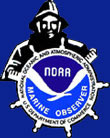





















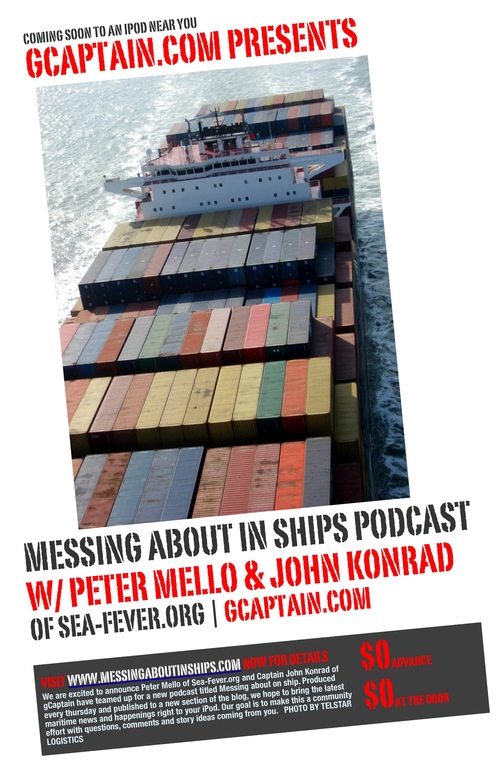




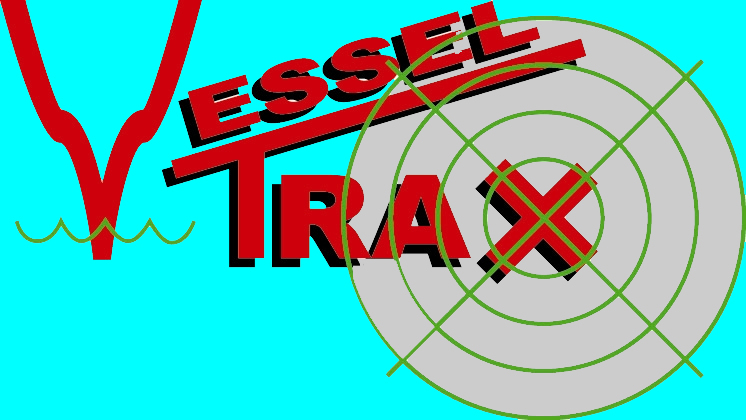




















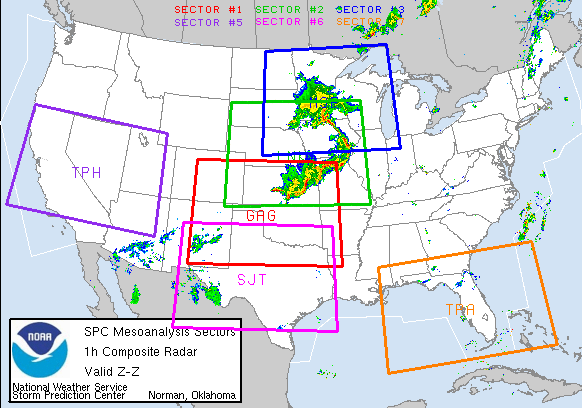














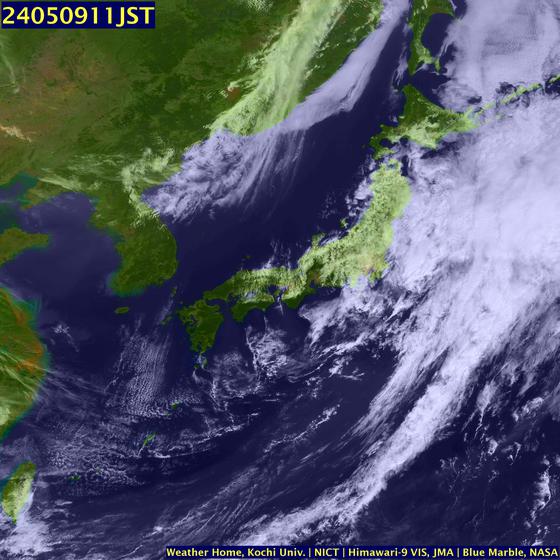

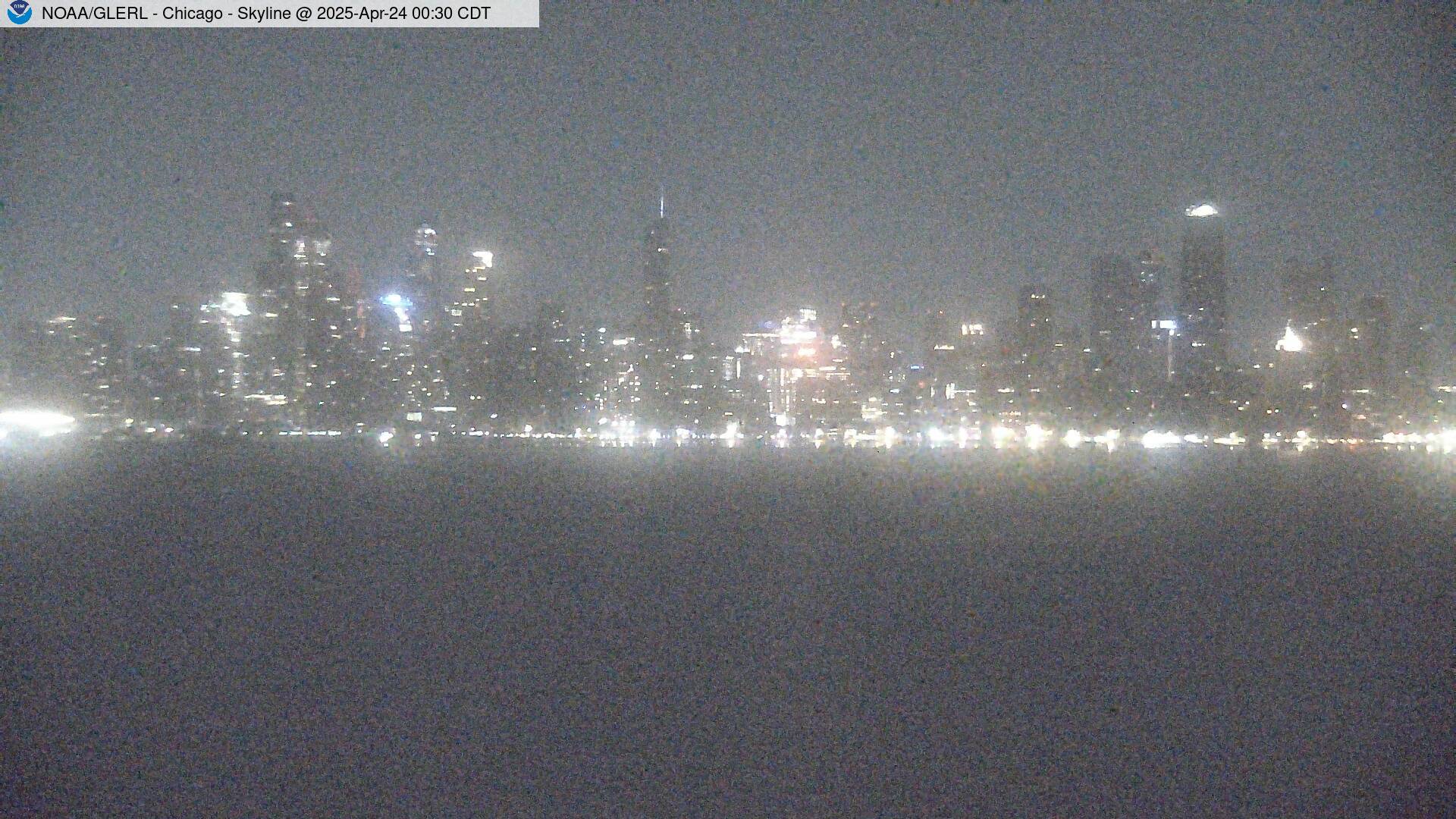






















![Validate my RSS feed [Valid RSS]](valid-rss.png)
1 comment:
Severe weather warnings are potential lifesavers, and what better place to make this information available than a source that captures the attention of millions of people everyday.
Post a Comment